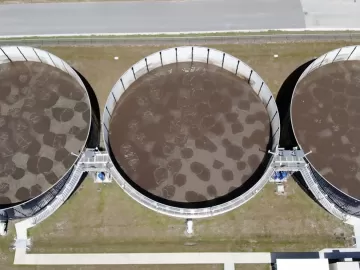Adaptive Control for Low Pressure Wastewater Treatment Air Systems
In recent years, there have been many changes in wastewater treatment. Most modern processes control three cycles: DO, NH4, and NO3, and all of the processes require high volumes of air. Undeniably, the low pressure air system uses more electrical power than the rest of the wastewater treatment plant combined. The blower packages in these systems can be equipped with low noise enclosures, fixed speed or variable speed drives, and can include all the instrumentation needed for self-protection.




